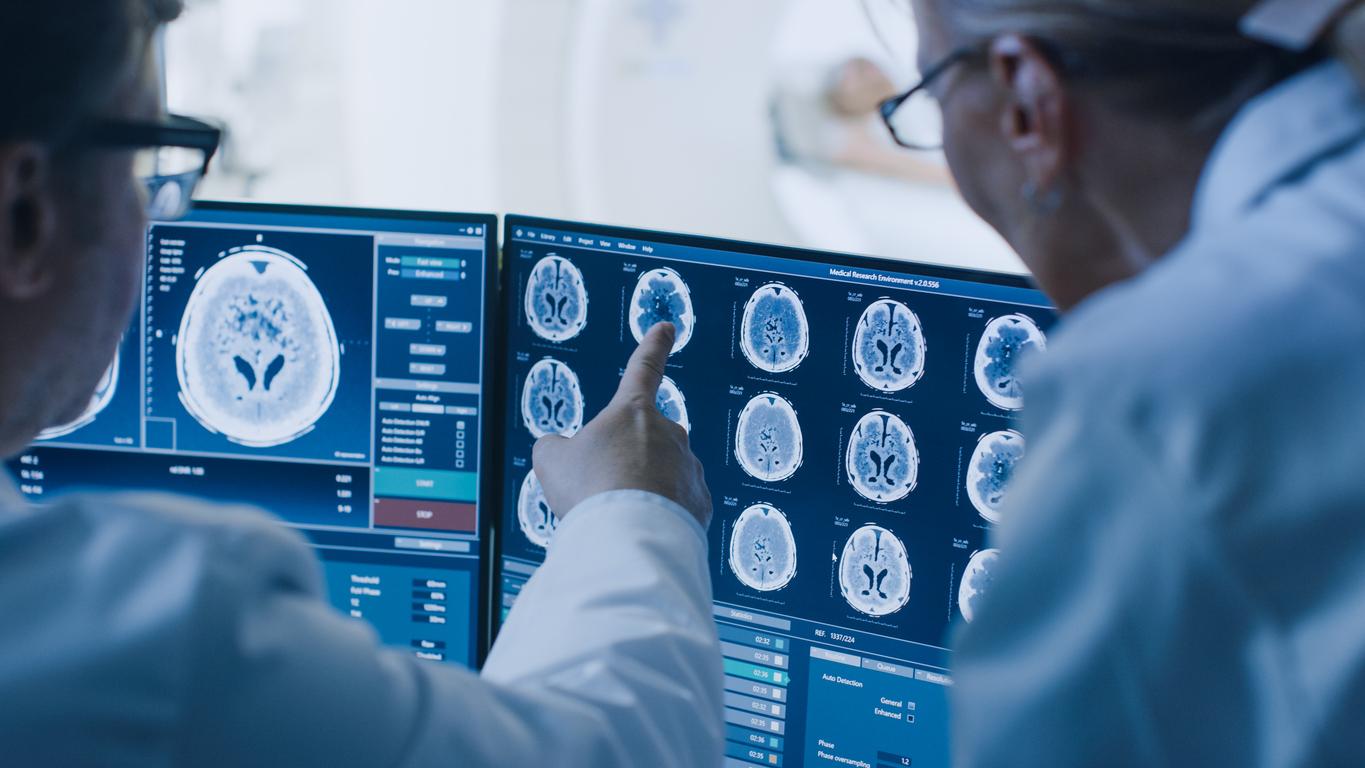Researchers from the University of Geneva (UNIGE) have opened up a new avenue of treatment for schizophrenia, a mental illness that affects 600,000 people in France.

A decisive step in the understanding of schizophrenia has been taken. As they explain in Nature neuroscience, researchers from the University of Geneva (UNIGE) first succeeded in deciphering a cellular mechanism leading to the desynchronization of neural networks. Then they corrected this organizational defect in an adult animal, thereby removing the abnormal behaviors associated with this mental illness.
In France, around 600,000 people are believed to be schizophrenic. Half of the patients have already made at least one suicide attempt. Schizophrenia is a severe, chronic mental disorder belonging to the class of psychotic disorders, which usually appears in early adulthood (between around 15 and 30 years of age). Like other psychoses, schizophrenia manifests itself in a loss of contact with reality and anosognosia, that is, the person who suffers from it is unaware of his illness (at least during acute periods ).
The most frequent symptoms
The most frequent symptoms are an alteration of the sensory process (hallucination) and the functioning of thought (ideas of reference, delirium). The schizophrenic person may hear voices that criticize or comment on their actions, perceive objects or entities that are in reality absent, or even grant elements of the environment eccentric meanings. Typically, the schizophrenic person feels that they are being controlled by an outside force, that they are no longer in control of their thoughts or that they are the target of a conspiracy with an ill-defined purpose.
“What is going on in the brains of patients suffering from these characteristic behavioral changes? We wanted to not only understand how neural networks were dysfunctional, but also whether it was possible to restore their normal function, including into adulthood, “explains Alan Carleton, professor in the Department of Fundamental Neurosciences at the UNIGE Faculty of Medicine, who led this work.
Hippocampal neural networks
Geneva neuroscientists have studied the neural networks of the hippocampus, a brain structure involved in particular in memory. To do so, they reproduced the genetic alteration of DiGeorge syndrome as well as behavioral changes associated with schizophrenia in mice. In the neural networks of schizophrenic mice, the researchers observed that neurons exhibited the same level of activity as in control animals, but without any coordination, as if these cells were unable to communicate properly with each other.
“The organization and synchronization of neural networks is achieved through the intervention of subpopulations of inhibitory neurons, in particular parvalbumin neurons,” says Alan Carleton. “However, in this animal model of schizophrenia, these neurons are much less active. Without the correct inhibition which makes it possible to control and structure the electrical activity of the other neurons in the network, anarchy reigns supreme.”
A new way of treatment
Based on these results, the scientists tried to restore the synchronization necessary for the proper functioning of neural networks. To do this, they specifically targeted parvalbumin neurons in the hippocampus. By stimulating these dysfunctional inhibitory neurons, they restored the normal functioning of neural networks. Consequence of this resynchronization: the scientists corrected behavioral abnormalities of these schizophrenic mice, for example removing their lack of hyperactivity and their memory deficit.
A new way of treatment has thus opened up. “This last element is really essential. Schizophrenia does indeed appear at the end of adolescence, even if the alterations are very probably present from the neurodevelopmental stage. According to our work, to reinforce the action of an inhibitory neuron weakly active, even after having passed the periods of cerebral development, could be enough to restore the proper functioning of neural networks and make certain pathological behaviors disappear, “says Alan Carleton with satisfaction.

.















